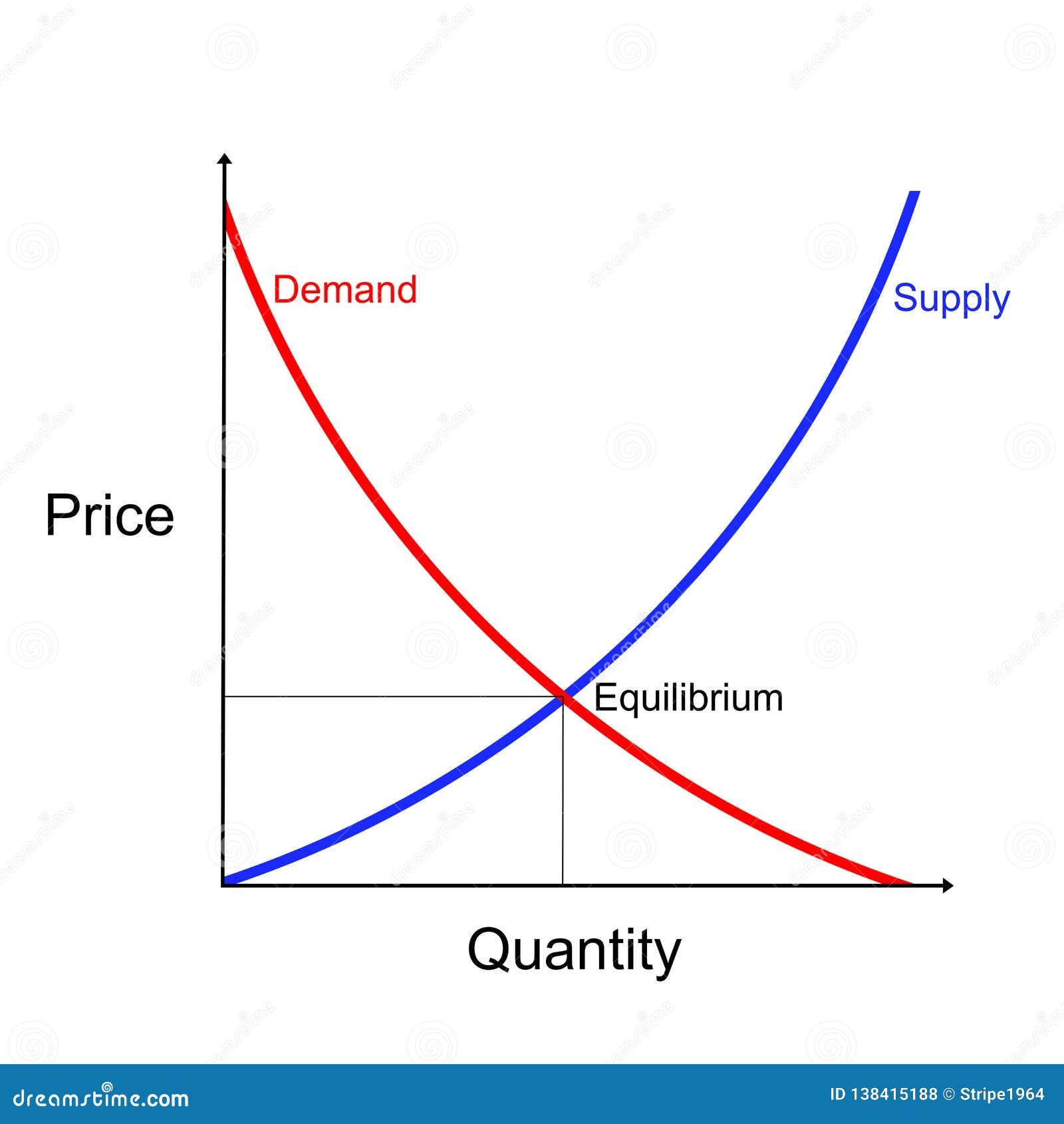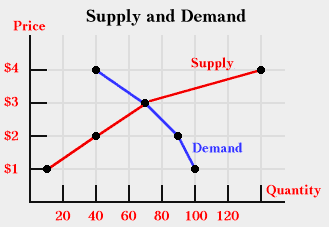

For example, buyers are expected to be self-interested and, although they may not have perfect knowledge, at least they will try to look out for their own interests.

Typically, some assumptions about the behaviour of buyers and sellers are made, which add a sense of reason to a market price. It does not guarantee total satisfaction on the part of buyer and seller. Only when the price falls would balance be restored.Ī market price is not necessarily a fair price, it is merely an outcome. If that were to happen, producers would be willing to take a lower price in order to sell, and consumers would be induced by lower prices to increase their purchases. Similarly, if a price above P were chosen arbitrarily, the market would be in surplus with too much supply relative to demand. The end result is a rise in price, to P, where supply and demand are in balance. In this event, consumers would choose to pay a higher price in order to get the product they want, while producers would be encouraged by a higher price to bring more of the product onto the market. In such a situation, consumers would clamour for a product that producers would not be willing to supply a shortage would exist.

To understand why the balance must occur, examine what happens when there is no balance, such as when market price is below that shown as P in Image 1.Īt any price below P, the quantity demanded is greater than the quantity supplied. It is truly a balance of the market components.


 0 kommentar(er)
0 kommentar(er)
